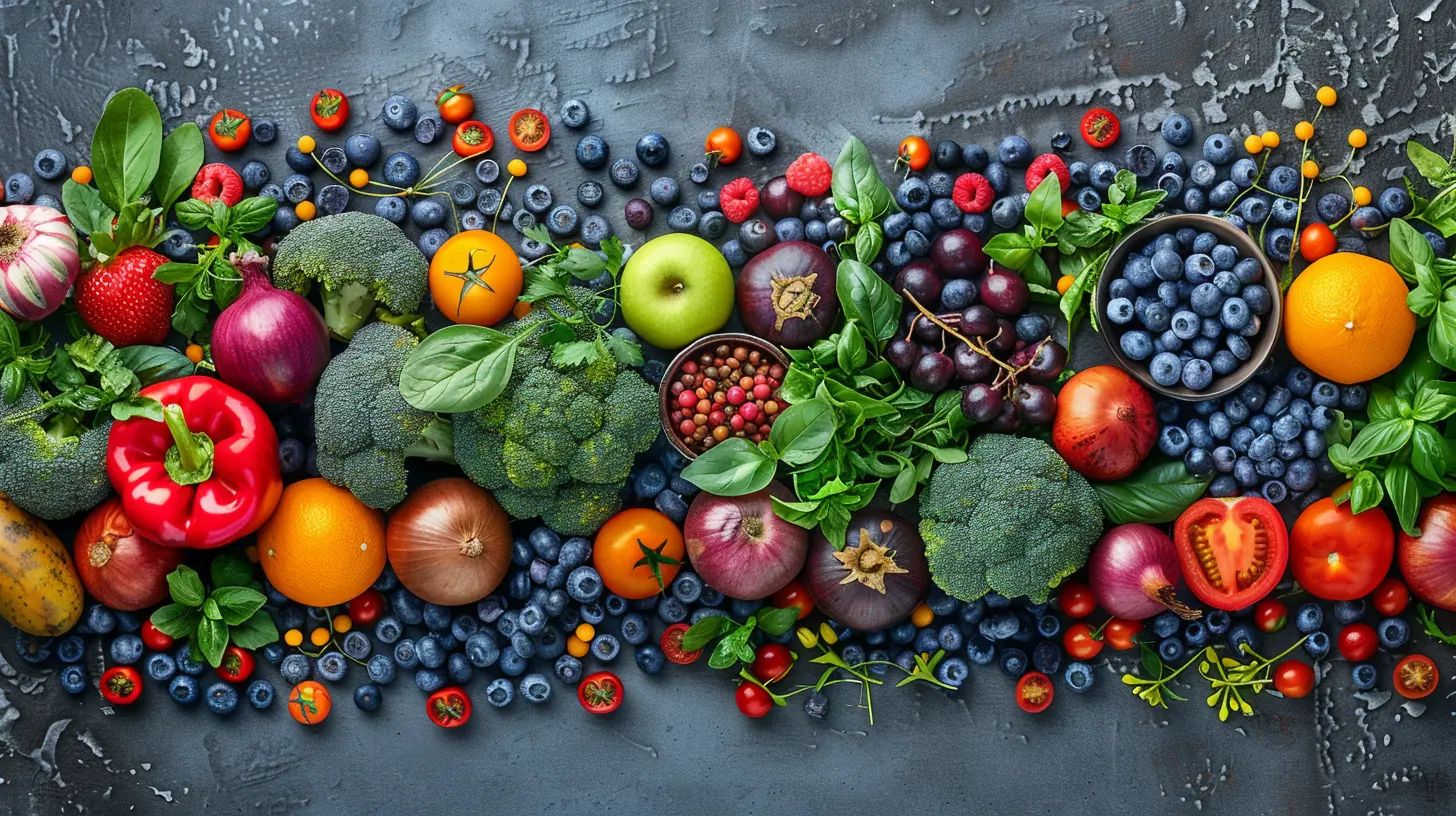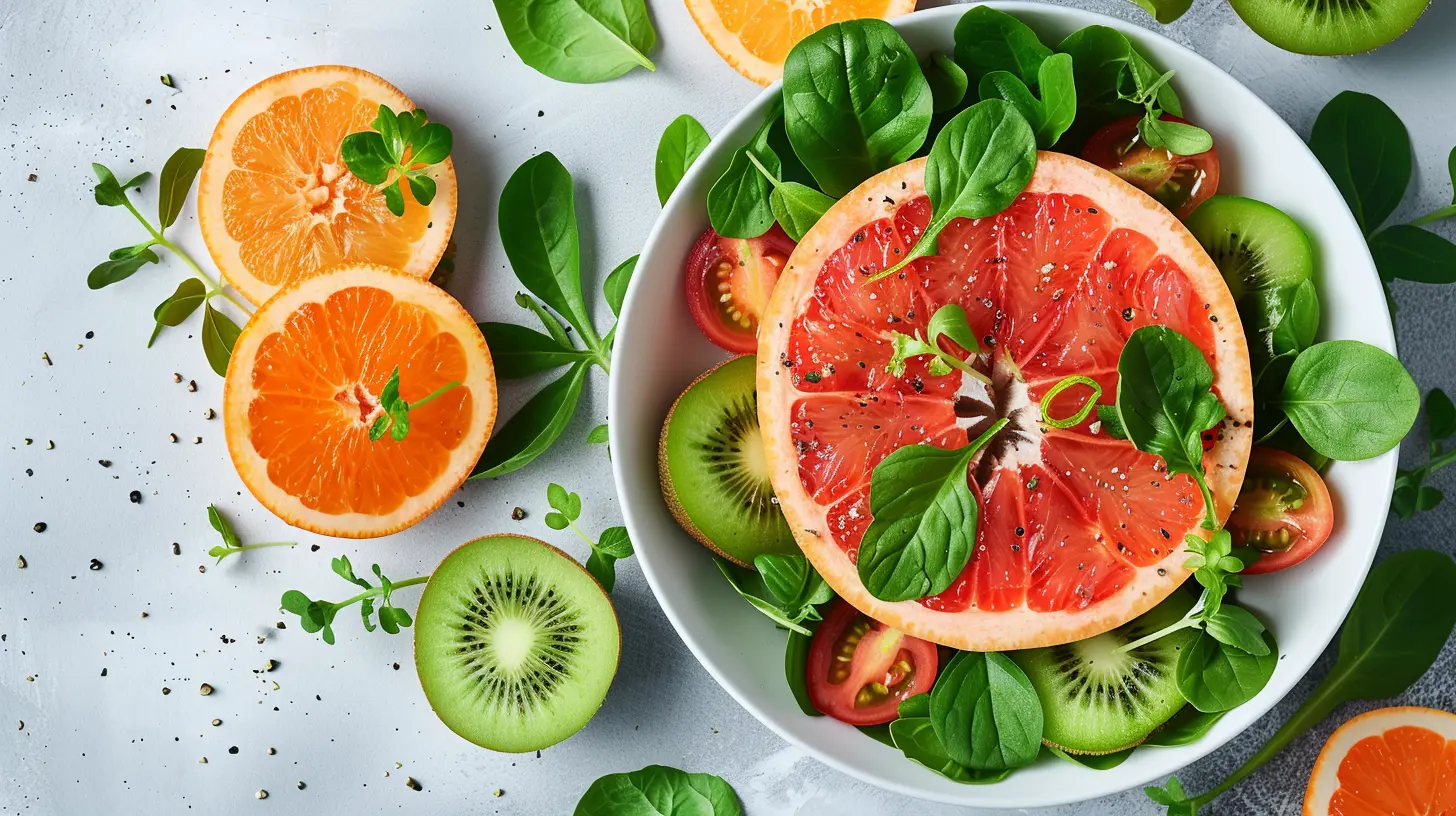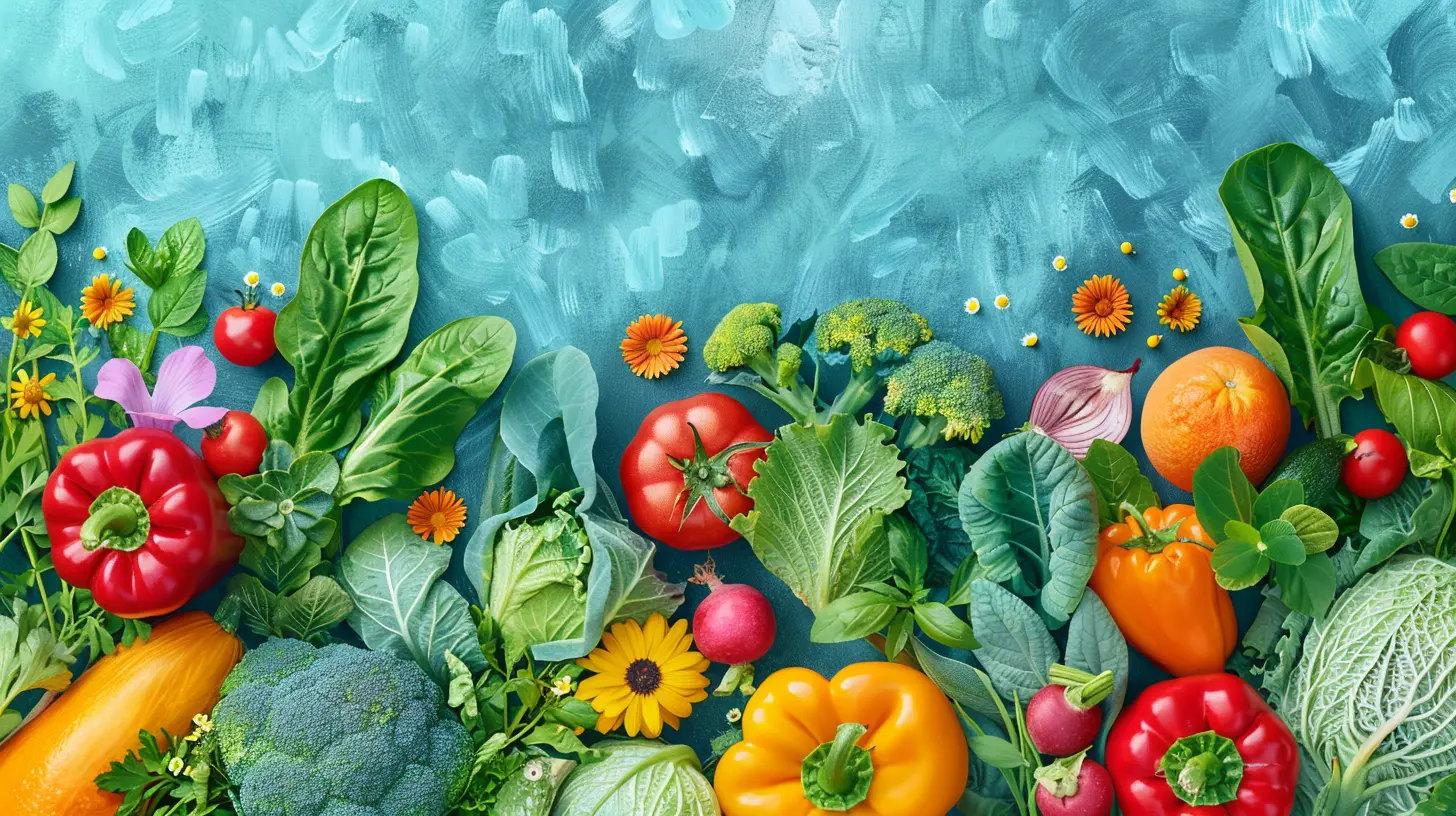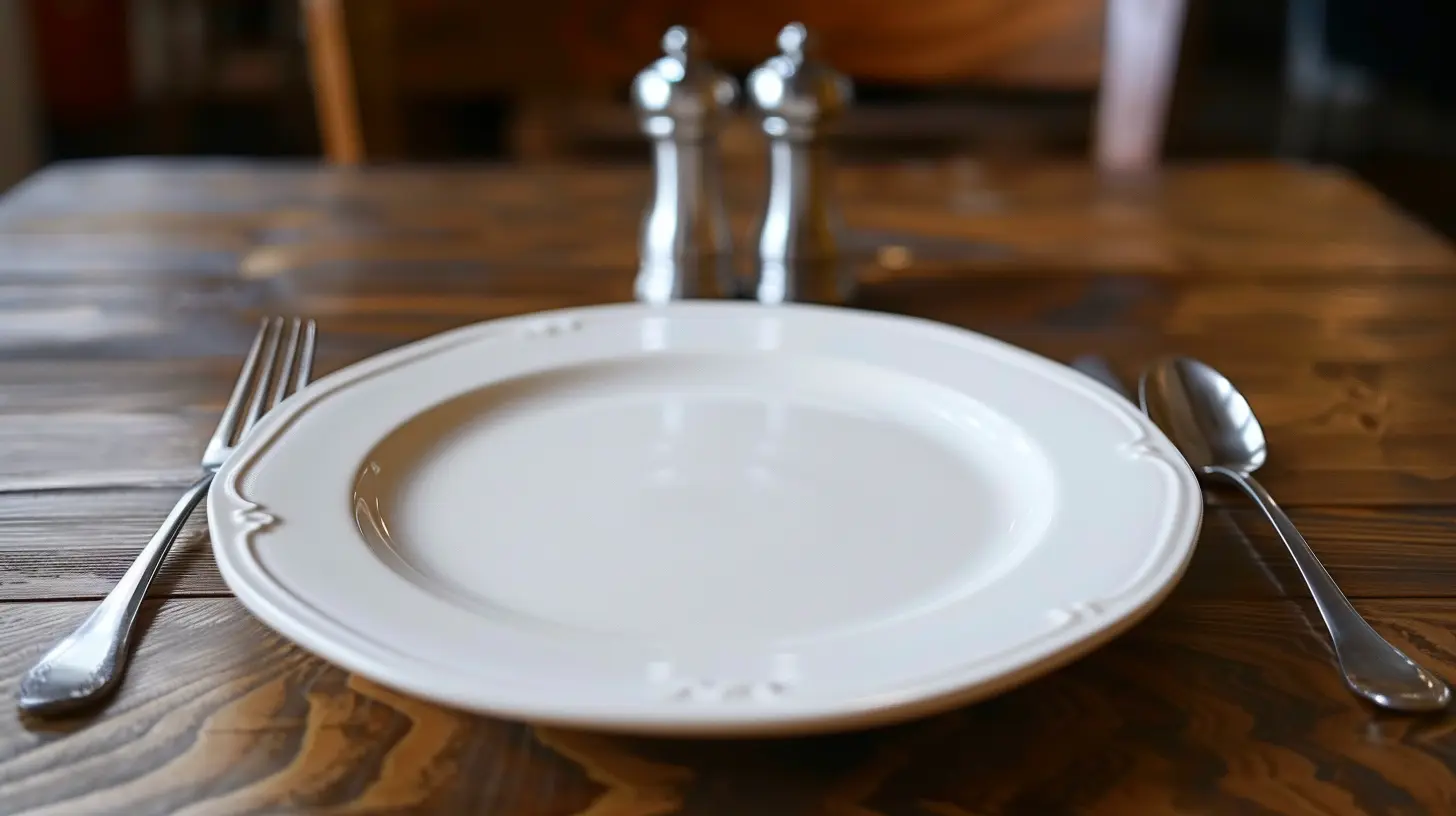Intermittent Fasting and Plant-Based Diets: A Perfect Match?
5 July 2025
Have you ever wondered if combining intermittent fasting with a plant-based diet could be the secret sauce to better health, weight loss, and overall vitality? You’re not alone. These two trends have been buzzing in the health and wellness world for a while now, and for good reason. They each come with their own set of benefits. But what happens when you bring them together?
Let’s take a deeper look into this powerful combo and whether it truly lives up to the hype.
What Is Intermittent Fasting, Really?
Alright, first things first—what is intermittent fasting (IF)?It’s not a diet in the traditional sense. You’re not obsessing over calorie counting or cutting out your favorite foods. Instead, intermittent fasting is all about when you eat, not what you eat.
The most popular IF methods include:
- 16:8 Method – Fast for 16 hours, eat during an 8-hour window.
- 5:2 Method – Eat normally 5 days a week, reduce calories (around 500-600) on the other 2.
- Alternate Day Fasting – Fast every other day.
- OMAD (One Meal a Day) – Just like it sounds, you eat one big meal per day.
Your body taps into fat stores during fasting periods, shifting your metabolism into fat-burning mode. Pretty cool, right?
What’s the Deal with Plant-Based Diets?
Now let’s talk plants.A plant-based diet emphasizes whole, unprocessed foods—fruits, veggies, legumes, nuts, seeds, and whole grains. It can mean going fully vegan (no animal products at all), but it doesn't have to. Some people still include small amounts of dairy, fish, or meat occasionally.
Whatever the variation, the core idea is clear: eat more plants and less processed junk.
Science keeps backing this up, too. Plant-based diets are linked with lower risks of:
- Heart disease
- Type 2 diabetes
- Obesity
- Certain cancers
They're also kinder to the planet and—let’s be honest—they make your grocery cart look like a rainbow.
So, Can You Combine Them?
Here’s the million-dollar question: can (or should) you combine intermittent fasting with a plant-based lifestyle?Short answer: yes. And not only can you combine them—you might just get the best of both worlds.
Let’s break it down.
The Science Behind the Synergy
Plant-based foods are rich in fiber, antioxidants, vitamins, and minerals. That means your body gets plenty of nutrients during your "eating window" in intermittent fasting. It's like turbocharging your fast with clean-burning fuel.Meanwhile, fasting helps your body process those nutrients more efficiently. Fasting periods give your digestive system a well-needed break, potentially improving gut health, insulin sensitivity, and cellular repair (hello, autophagy!).
Think of it this way: fasting is like sending your digestive system on a spa retreat. Plant foods? They're the soothing herbs and essential oils your cells soak in while they relax.
Benefits of Combining Intermittent Fasting and a Plant-Based Diet
Alright, let’s talk benefits. Why bother combining both?1. Weight Loss That Feels Natural
One of the biggest draws for both IF and plant-based eating is sustainable weight loss. Fasting helps reduce your overall calorie intake without you even realizing it—especially if you’re not snacking late at night anymore.Add plant foods to the mix and you’re likely eating fewer calories anyway, thanks to their fiber and water content. Think giant salads, veggie chili, fresh fruit—super satisfying, but not calorie bombs.
2. Improved Blood Sugar Control
This combo is particularly helpful for folks watching their blood sugar. Plant-based diets, rich in complex carbs and fiber, keep blood sugar stable. Fasting improves insulin sensitivity.Together? You may notice fewer crashes, steadier energy, and possibly even a shot at lowering your risk of Type 2 diabetes.
3. Lower Inflammation
Plants are packed with anti-inflammatory compounds like polyphenols and flavonoids. Add intermittent fasting, which is also tied to reduced inflammation markers, and you’ve got a dynamic duo for calming internal stress.4. Better Digestion & Gut Health
Fiber from plant foods supports healthy bowel movements and feeds your good gut bacteria. Fasting lets your gut rest and heal, reducing bloating and improving digestion overall.5. Enhanced Mental Clarity
Ever notice how you feel sharper during a fast? That’s no accident. IF boosts brain-derived neurotrophic factor (BDNF), which supports cognitive function. Combine that with a brain-loving plant-based diet (hello omega-3-rich flaxseeds and walnuts), and you’re firing on all cylinders.Potential Downsides (Let’s Keep It Real)
No wellness routine is one-size-fits-all, and this combo isn't perfect for everyone.1. Hunger Struggles in the Beginning
Let’s be honest—it can be tough to switch up your eating patterns. Going plant-based and fasting? That’s a double whammy if you’re used to breakfast sandwiches and midnight snacks.Tip: Start slow. Maybe begin with the 12:12 fasting window and gradually work your way to 16:8. Add more plants to your meals little by little.
2. Nutrient Gaps
If you're not careful, plant-based diets can sometimes lack vitamin B12, iron, and omega-3s. Intermittent fasting also limits the time you have to get all your daily nutrients.Solution? Plan those meals. Think balanced plates with leafy greens, legumes, nuts, seeds, whole grains—and consider a quality B12 supplement.
3. Social & Lifestyle Challenges
Let’s face it, skipping brunch with friends or saying no to late-night snacks can be a mood killer. Not everyone in your circle may understand your new routine.But your health is personal. And the good news? Many restaurants and food spots offer plant-based options now, and it gets easier to time your eating windows around social events with a bit of practice.
Real-Life Tips to Make It Work
Okay, so how do you actually pull this off without turning into a hangry mess?Here are some real-life tips:
1. Hydrate, Hydrate, Hydrate
You’re not eating for hours, but you can drink water, tea, or black coffee during your fast. Staying hydrated curbs hunger and keeps your energy up.2. Break Your Fast Gently
Go easy on your digestive system. Start with something light yet nourishing like a smoothie bowl, oatmeal, or a veggie-packed soup.3. Focus on Whole Foods
Skip the vegan junk food. Just because it’s plant-based doesn’t mean it’s healthy (looking at you, vegan cupcakes). Fill your meals with real, whole foods.4. Meal Prep Like a Pro
Having ready-to-go meals makes life SO much easier. Cook big batches of lentils, roasted veggies, whole grains, and sauces on weekends.5. Listen to Your Body
This isn’t a competition. If you’re feeling weak, dizzy, or exhausted all the time, something’s not right. Adjust your fasting window, add more nutrients, and don’t be afraid to eat when your body needs it.Who Should (and Shouldn't) Try This Combo?
This combo isn’t for everyone. If you're pregnant, breastfeeding, have a history of eating disorders, or deal with blood sugar issues, talk to your healthcare provider first.That said, many people—from busy professionals to stay-at-home parents—find this combo easy to sustain and actually enjoyable once they get into the groove.
Final Thoughts: Match Made in Health Heaven?
So, what’s the verdict—are intermittent fasting and plant-based diets a perfect match?Honestly? They come pretty close.
You’re essentially combining two powerful approaches that have stood the test of time—humans have fasted for millennia and lived off plant-heavy diets way before the invention of fast food and 24/7 snack culture.
You get cleaner fuel, better digestion, more stable energy, and the possibility of reaching—and maintaining—a healthy weight.
Of course, the perfect match always depends on your personal health goals, preferences, and lifestyle. But if your goal is more energy, less inflammation, and feeling good in your own skin, this might be your golden duo.
Why not give it a try and see how your body feels?
all images in this post were generated using AI tools
Category:
Intermittent FastingAuthor:

Laurie Barlow
Discussion
rate this article
1 comments
Alexander McCray
This article beautifully highlights the synergy between intermittent fasting and plant-based diets. It's inspiring to see how these two approaches can enhance health and well-being together. For those considering this lifestyle, your insights offer valuable guidance and encouragement. Thank you for sharing!
August 5, 2025 at 2:31 AM

Laurie Barlow
Thank you for your kind words! I'm glad you found the article inspiring and insightful. Your support means a lot!


